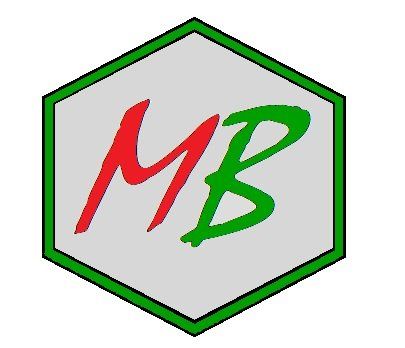The Lacquerit is a fragile and scaly secretion of the Kerria lacca insect of the order of hemiptera, present in the forests of Assam and Thailand. It was once commonly believed that it was obtained from the wings of Indian insects. In reality, shellac is obtained from the secretions of the female hemipterus, and is collected from the bark of the trees on which it deposits it to obtain a firm grip on the tree. Once purified, the substance takes the form of yellow / brown pellets or flakes.
Being edible, shellac has been used as a polishing agent for pills and candy. To this end, it is classified as a food additive under the number E904 and is still used as a fruit coating to prevent spoilage after harvest.
CAS Number: 9000-59-3
ECHA EC Number: 232-549-9
FDA UNII: 46N107B71O
Appearance: pale yellow granular resin (east)
Food Chemicals Code Listed: No.
It is soluble in an alkaline solution with ammonia, borax, sodium carbonate, and sodium hydroxide and in organic solvents.
Once dissolved in acetone or alcohol, shellac gives a coating of superior durability and hardness. It is used in the traditional way to finish furniture, violins and guitars. Orange shellac is bleached with sodium hypochlorite to form white shellac. Because it is compatible with most other coatings, shellac is also used on wood to prevent bleeding of resin or pigments into the final coating.





